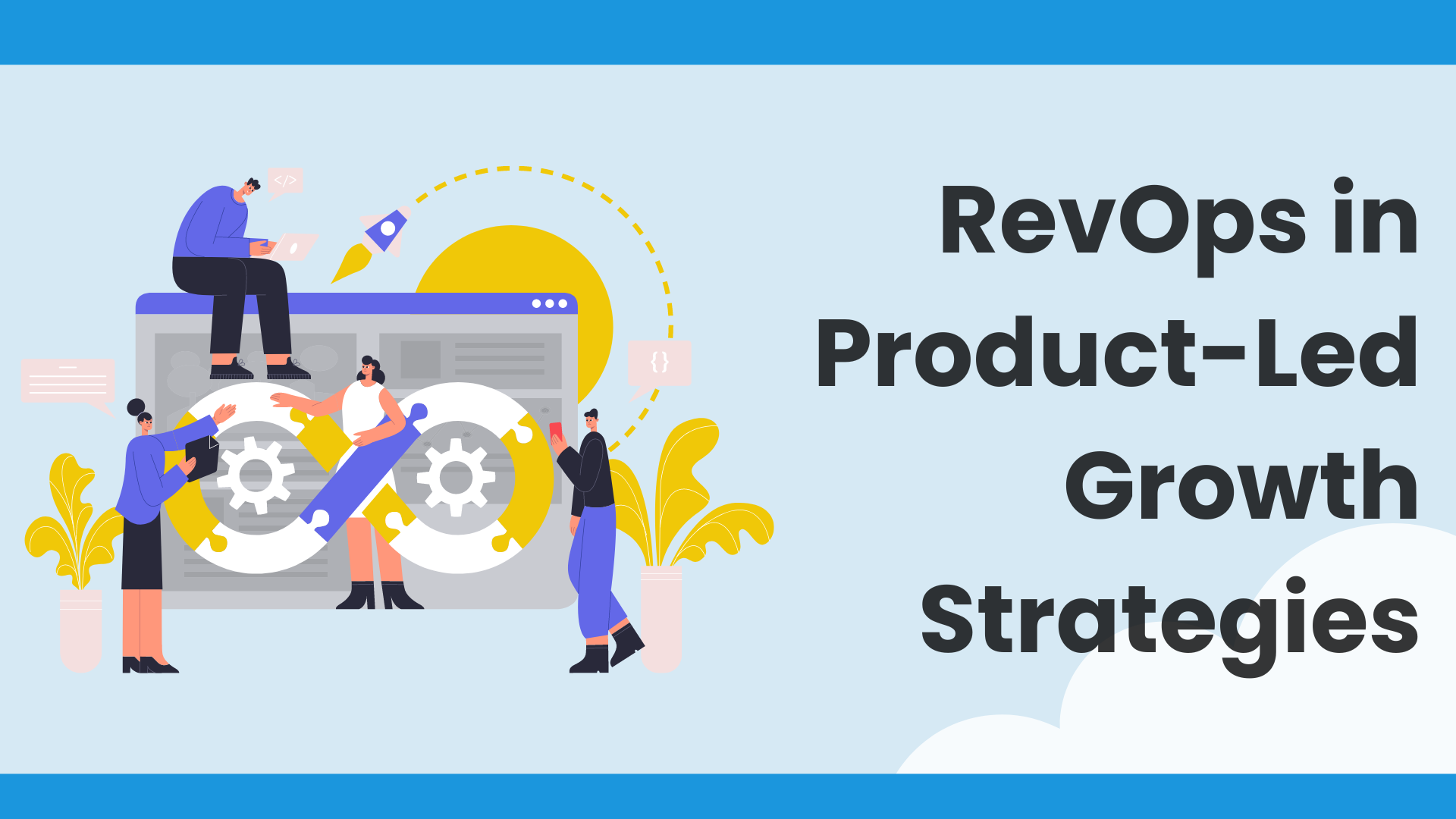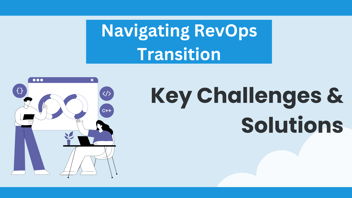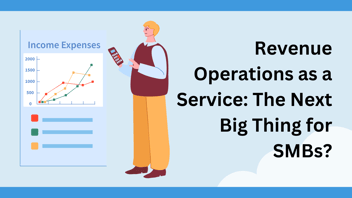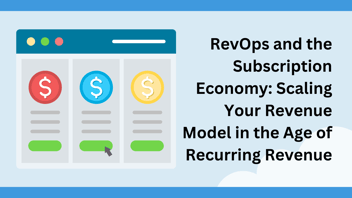Every company wants to produce their own proprietary product in which they can leverage everything on. We live in a competitive landscape. Companies are pushing to Product-Led Growth strategies to drive revenue and customer acquisition and because of this, RevOps also continues to gain popularity. Today, we’ll run through how RevOps can enhance and support your new Product-Led Growth initiatives.
Understanding PLG and RevOps
PLG and RevOps are the two love birds from High School that end up getting married sometime after college. Outside of their little romance, each has their own personality. Product-Led Growth is a go-to-market strategy that relies on the product itself to drive customer acquisition, conversion, and expansion. Instead of the traditional-sales we see, PLG pushes for a seamless UI and UX which helps to show off value to prospects. More times than not, PLG will encourage and produce organic growth over paid growth.
Revenue Operations is function which aims to align all of the most important revenue-generating departments. Sales, Marketing, and Customer Success teams are all pushed to work together in order to generate more revenue. While they may seem like two different things, PLG is supported by RevOps – which is why they stayed together though High School, haha.
The Synergy Between RevOps and PLG
When they’re working together, both RevOps and PLG create a powerful synergy that can transform a company’s revenue growth. Here’s some examples as to how RevOps support PLG strategies:
- Data-Driven Decision Making: When it comes to collecting, analyzing, and interpreting data from different sources in the customer journey, RevOps teams are those that are called on. In a PLG model, this data is even more critical to decisions and efforts. According to a recent study, companies that effectively leverage customer data in their PLG strategies see a 25% higher conversion rate compared to those that don't.
- Streamlining the User Experience: RevOps can help you identify specific bottlenecks within your funnels, buyer journey, or user journey. This makes sure users can quickly realize the value of the product – this is what typically makes a PLG strategy successful.
- Optimizing the Sales Motion: Yes, it’s true that PLG focuses so much on product to drive growth. However, sales and marketing still plays a role in this model. When you mix this with RevOps, there is help to define when and how sales should engage with users, based on product usage data and other signals.
Key Metrics for PLG Success
To support new and old Product-Led Growth strategies, RevOps teams should also focus on tracking and optimizing metrics such as:
- Time to Value (TTV)
- Product Qualified Leads (PQLs)
- Expansion Revenue
- Net Revenue Retention (NRR)
Challenges and Solutions
You’ll experience some growth and everything will be fine, but it isn’t always sunshine and rainbows (say it in a Sylvester Stallone voice). One common issue, which makes a rainy parade, is misalignment between the traditional, basic sales metrics and the new PLG goals. RevOps comes to the rescue and helps by:
- Developing new compensation models that incentivize long-term customer success
- Creating cross-functional KPIs that align all teams around PLG objectives
- Implementing tools and processes that provide visibility into the entire customer lifecycle
Takeaways
The High School sweethearts, as we’ve been saying, RevOps and PLG strategies both play a role in each other. They’re intertwined. By aligning teams, optimizing processes, and leveraging data, RevOps can push PLG to the max and enhance the effectiveness of both initiatives overall. As companies continue to adopt this approach, those with strong RevOps functions will be better positioned to succeed in the competitive business landscape.





Leave a Comment